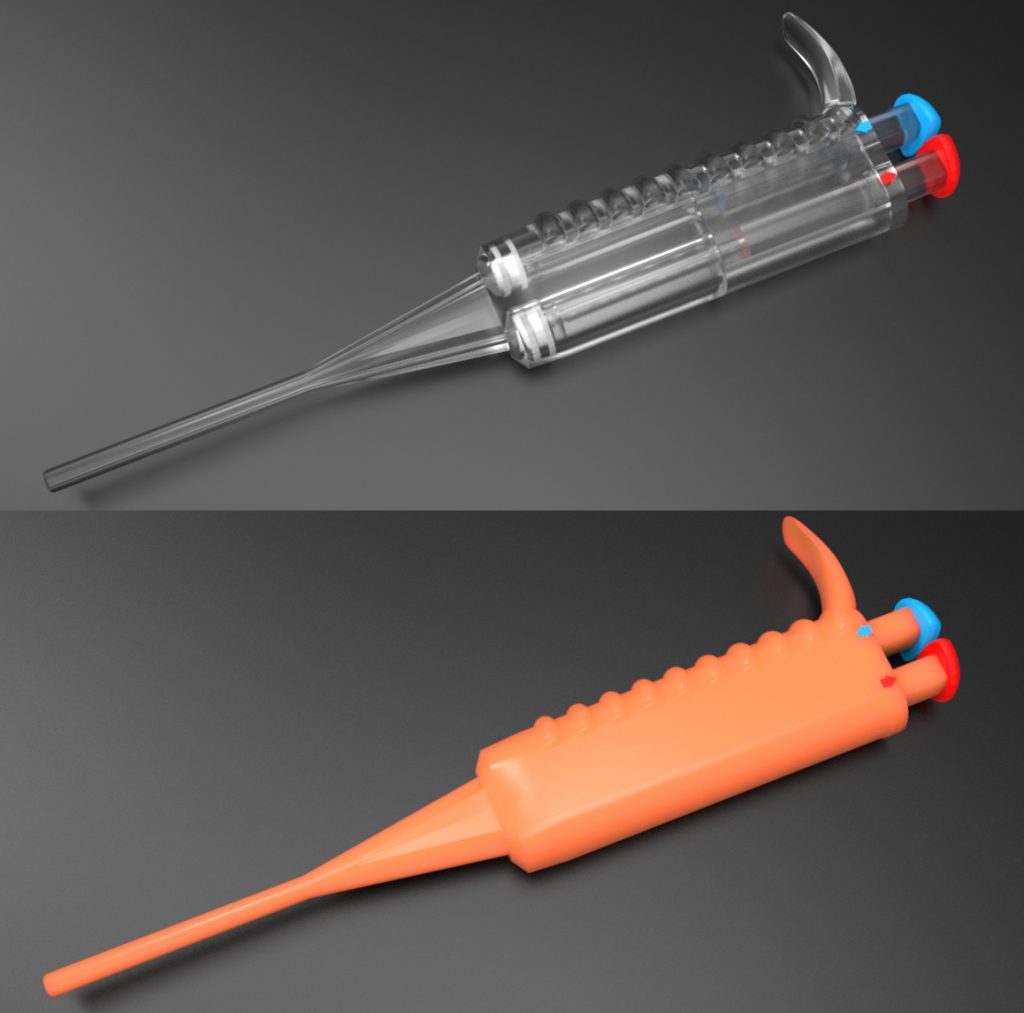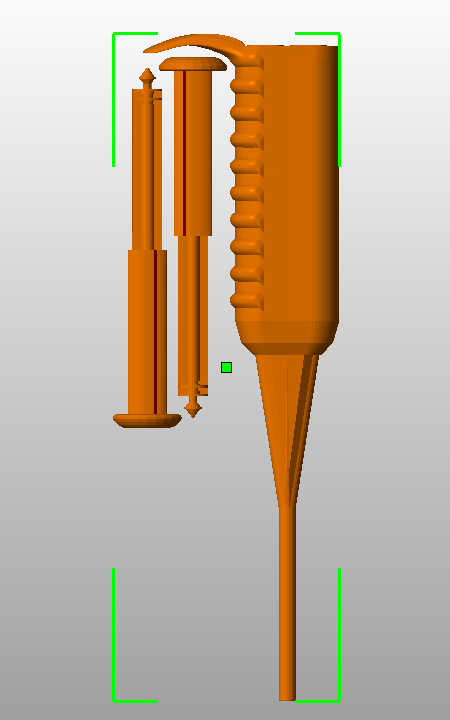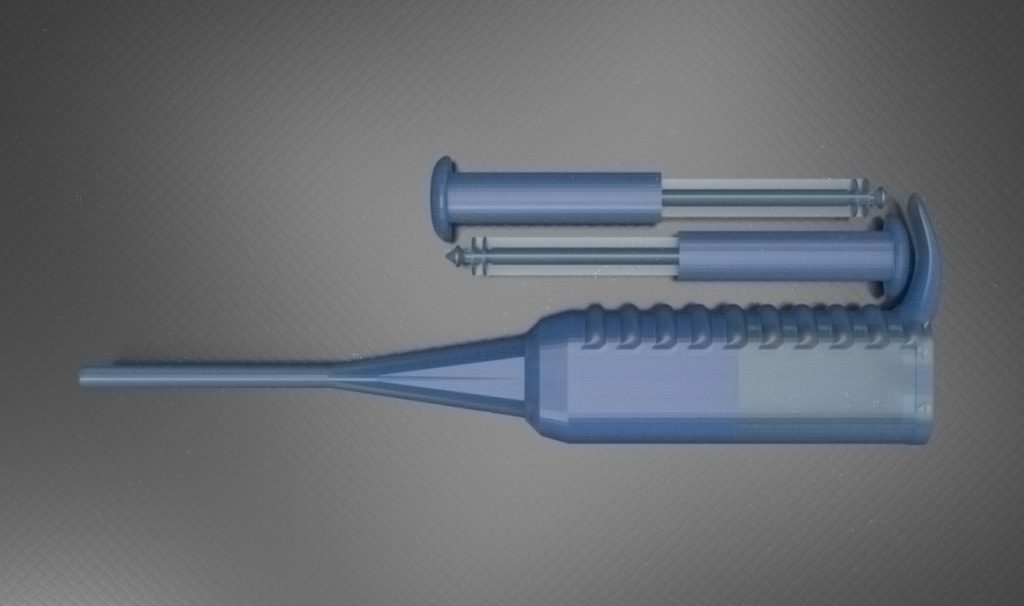Marco Valenzuela is a designer who specializes in crafting innovative and new 3D printed products. Originally coming from the gaming world, his Additive Design Studio now is focused on using Additive Manufacturing and 3D printing exclusively in product design. The team works with Design for Additive Manufacturing methods and also works with services to deliver parts to customers in FDM, SLA, Polyjet, MFJ, and metals. Valenzuela made a pipette for a customer and this new design for a tried and true lab stalwart really interested us. We really believe that a wave of innovation will come to medical devices, medical supplies and even things like disposables through 3D Printing the right solution in medicine, and spoke with Valenzuela about his creation.
Why did you print it?
The dual pipette was designed and 3D printed to fulfill specific needs in the fluid piping process. These needs were previously met. However the process was time consuming. The combining of the two pipettes into one provides for a speedy and more efficient workflow when processing large amounts of medicine.The need was for two different functions:1.The ability to suction a single fluid mixture into separate reservoirs for individual ejection into separate containers.2.The ability to suction two different fluid mixtures separately and eject them into a single container together.

How does it work?
The dual pipette utilizes the same principles of pulsion and suction as a common syringe. The plungers are pulled up to create a vacuum and draw fluid up the spout and pressed down to eject fluid from the spout. The 3D printed plungers are fitted with normal rubber plunger tips to ensure an air-tight seal.
What is different about it?
The pipette is a 3d printable, simplistic design. The primary difference is the ability to 3D print this pipette quickly. This means that we’re producing copies without the need for large-scale manufacturing. Reducing production time and availability to technicians by weeks.
What materials and processes were used to print it?
A variety of materials have been experimented with. The most suitable 3D printed material for the device will be EnvisionTEC’s E-Shell 200. A liquid photopolymer designed for DLP 3D printers that produces strong, tough, water-resistant ABS like parts with high detail that are Class IIa biocompatible according to ISO 10993/Medical Product Law and are CE certified for use as hearing aid products, otoplastics, and medical devices.

What software did you use?
I utilized a variety of 3d CAD design software in the development process. The final design was created in Lightwave 3D. I find a mix of traditional CAD and Polygon based modeling software helps me produce better more ascetic product designs.

Why is it a good design?
I enjoyed the creation of the dual pipette and consider it a good design because it has succeeded in fulfilling a specific need without otherwise costly measures. The dual pipette design aids in the development of medicines related to many medical treatments including Cerebral palsy.
We think that there is a bright future for 3D printed medical devices and medical supplies. Yes, this is a high touch regulatory environment so operating in it will never be simple. Medical supplies and devices have a lot of niche products however and a lot of comparatively low volume high priced goods. On the whole it will be exciting to see real low-cost innovation come to the medical world via 3D Printing.
